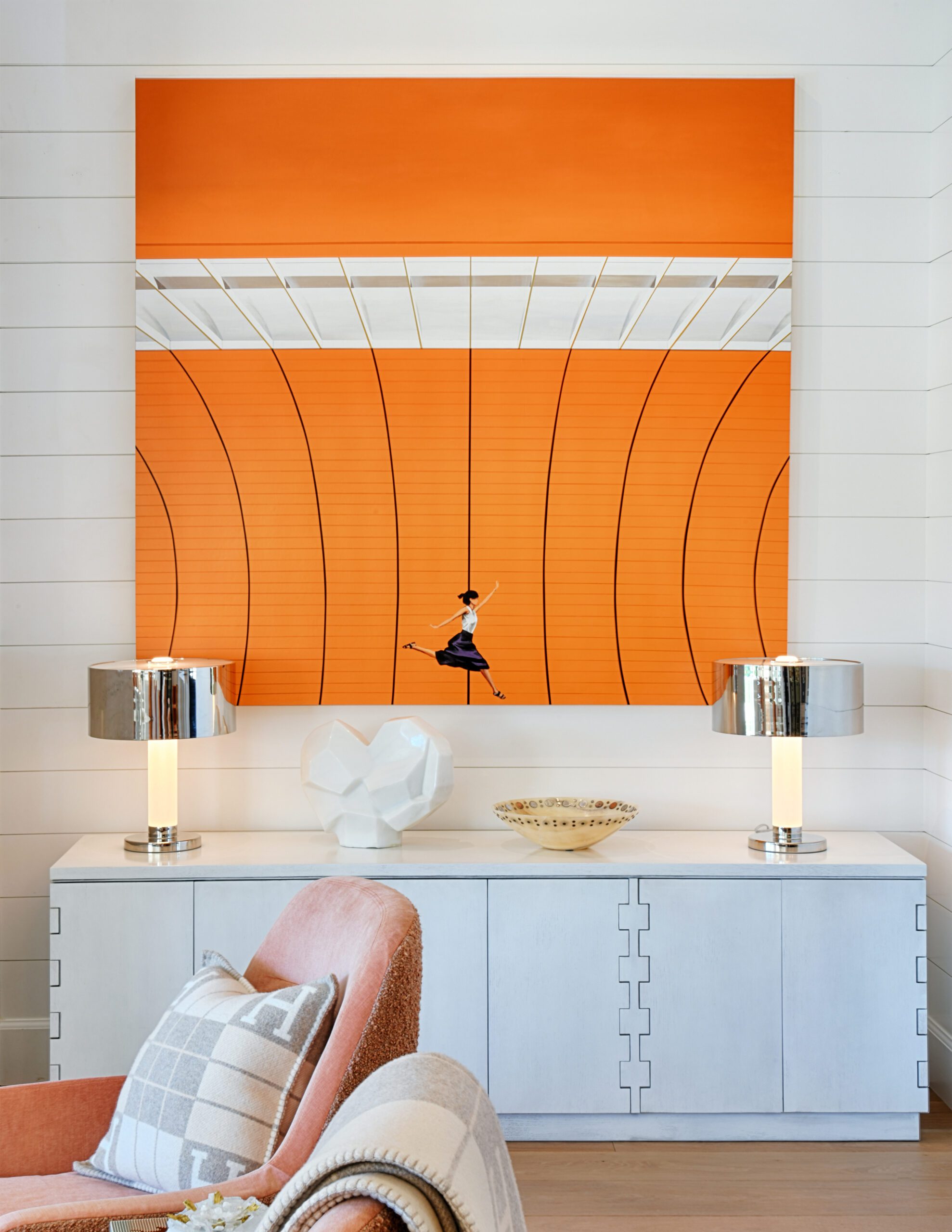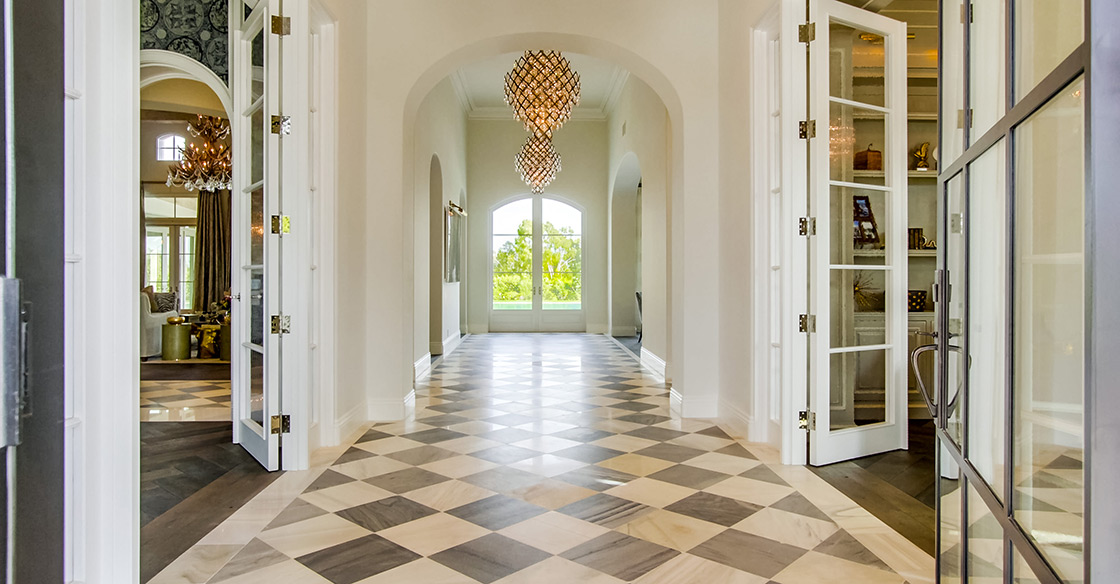Why Sustainable Interior Design Matters
The push for sustainable living has transformed the way we decorate our homes. Interior design is no longer just about aesthetics; it’s about making conscious choices that benefit both the environment and personal well-being. With advancements in eco-friendly materials, recycled furnishings, and green design principles, sustainability and style can go hand in hand.
Sustainable interior design focuses on responsible sourcing, energy efficiency, and non-toxic materials, allowing homeowners to minimize their carbon footprint without sacrificing beauty or functionality. From furniture selection to energy-efficient appliances, this guide explores practical ways to create an eco-friendly home that balances design and environmental responsibility.
The Environmental & Personal Benefits of Sustainable Design
Choosing sustainable décor has both planet-friendly and health-conscious benefits. Here’s why making eco-conscious interior design choices is more than just a passing trend:
✔ Reduces Waste: Choosing recycled, upcycled, and secondhand furniture prevents unnecessary landfill waste.
✔ Improves Indoor Air Quality: Low-VOC paints, natural fibers, and chemical-free finishes reduce toxic emissions.
✔ Saves Energy & Resources: Energy-efficient lighting and sustainable materials help minimize resource consumption.
✔ Promotes Ethical Consumption: Supporting brands that prioritize fair trade, ethical labor, and responsible sourcing makes a global impact.
✔ Long-Term Cost Savings: Durable, high-quality sustainable materials last longer, reducing replacement and maintenance costs.
Sustainability in interior design isn’t about compromise—it’s about making smarter, long-lasting choices that enhance both your home and the planet.
Eco-Friendly Materials for a Greener Home
One of the easiest ways to embrace sustainable design is by choosing materials that are renewable, non-toxic, and responsibly sourced.
1. Reclaimed Wood: Rustic & Renewable
✔ Why It’s Sustainable: Prevents deforestation by repurposing wood from old buildings, barns, or furniture.
✔ Best For: Flooring, furniture, wall paneling, shelving.
✔ Style Benefits: Adds warmth, texture, and character with unique imperfections.
Design Tip: Use reclaimed wood dining tables, bookshelves, or ceiling beams to add timeless charm with an eco-conscious twist.
2. Bamboo: A Fast-Growing Alternative
✔ Why It’s Sustainable: Bamboo regenerates much faster than hardwood, making it an excellent renewable resource.
✔ Best For: Flooring, furniture, window treatments.
✔ Style Benefits: Lightweight, versatile, and available in various natural finishes.
Design Tip: Bamboo blinds, chairs, or even cutting boards add a minimalist, organic aesthetic to any space.
3. Recycled Metal & Glass: Industrial & Chic
✔ Why It’s Sustainable: Reduces the demand for new raw materials while repurposing existing resources.
✔ Best For: Light fixtures, countertops, furniture frames.
✔ Style Benefits: Adds a modern, industrial, or contemporary touch to interiors.
Design Tip: Install recycled glass backsplashes or metal pendant lights for a unique and sustainable statement.
4. Organic Cotton, Linen & Hemp: Natural Comfort
✔ Why It’s Sustainable: These fabrics are biodegradable, require fewer chemicals, and use less water than synthetic textiles.
✔ Best For: Upholstery, bedding, curtains, rugs.
✔ Style Benefits: Soft, breathable, and effortlessly elegant.
Design Tip: Opt for organic cotton bedding or linen drapes for an airy, comfortable, and toxin-free bedroom.
Sustainable Paint & Finishes for a Healthier Home
Traditional paints release volatile organic compounds (VOCs), which contribute to indoor air pollution and respiratory issues. Switching to low-VOC or natural paints is a simple way to create a healthier living space.
Best Eco-Friendly Paint Options
✔ Low-VOC & Zero-VOC Paints: Brands like Benjamin Moore Natura, ECOS Paints, and Farrow & Ball offer safer alternatives.
✔ Milk Paint: Made from natural casein protein, it’s biodegradable and non-toxic.
✔ Clay-Based Paints: Provides a matte, earthy look while regulating indoor humidity.
Design Tip: Use low-VOC paints in nurseries, bedrooms, and living areas for a healthier, chemical-free environment.
Upcycled & Reclaimed Furniture: Sustainable & Unique
Rather than buying mass-produced, resource-heavy furniture, consider repurposing existing pieces for a unique and eco-conscious home.
Ways to Incorporate Reclaimed & Upcycled Pieces
✔ Refurbished Vintage Finds: Give old furniture a second life with sanding, staining, or new upholstery.
✔ Pallet Wood Projects: Turn old pallets into coffee tables, shelving, or headboards.
✔ Secondhand Shopping: Thrift stores, flea markets, and estate sales are goldmines for unique, budget-friendly pieces.
Design Tip: A painted vintage dresser or an upcycled ladder bookshelf adds character while reducing waste.
Energy-Efficient Lighting & Appliances
Reducing energy consumption is an essential part of sustainable interior design.
1. Switch to LED Lighting
✔ Why It’s Sustainable: Uses 75% less energy and lasts 25 times longer than incandescent bulbs.
✔ Best For: Overhead lights, task lamps, accent lighting.
✔ Style Benefits: Available in warm, cool, and dimmable options for different ambiances.
Design Tip: Install motion-sensor LED lights in hallways or outdoor areas to reduce unnecessary energy waste.
2. Invest in Energy-Efficient Appliances
✔ Why It’s Sustainable: Reduces electricity and water consumption, lowering utility bills.
✔ Best For: Refrigerators, dishwashers, washers, dryers.
✔ Style Benefits: Modern, sleek designs blend seamlessly with any kitchen or laundry space.
Design Tip: Look for ENERGY STAR-rated appliances to maximize energy savings.
Eco-Friendly Flooring for Sustainable Homes
Choosing sustainable flooring minimizes environmental harm while enhancing the aesthetic appeal of your space.
✔ Cork Flooring: Soft, comfortable underfoot, and harvested without harming trees.
✔ Linoleum (Not Vinyl!): Made from natural linseed oil, biodegradable and non-toxic.
✔ Sisal & Jute Rugs: Renewable plant fibers that add texture and warmth.
Design Tip: Use natural fiber rugs instead of synthetic carpets to reduce microplastic pollution.
Green Design: Bringing Nature Indoors
Biophilic design—incorporating natural elements into interiors—has been proven to boost mood, reduce stress, and improve air quality.
✔ Indoor Plants: Snake plants, pothos, and peace lilies naturally purify air and add beauty.
✔ Living Walls: Vertical gardens or moss panels enhance interiors while absorbing CO2.
✔ Natural Stone Accents: Marble, granite, and travertine offer timeless, sustainable elegance.
Design Tip: Use air-purifying plants like aloe vera or bamboo palm to create a fresher, healthier home.
Sustainable interior design isn’t just about making ethical choices—it’s about creating a home that reflects beauty, functionality, and mindfulness.
Key Takeaways:
✔ Choose recycled, upcycled, or responsibly sourced materials.
✔ Opt for non-toxic paints, energy-efficient lighting, and natural textiles.
✔ Incorporate biophilic design elements to enhance well-being.
By making conscious design decisions, you can craft a space that is visually stunning, environmentally responsible, and built for long-term sustainability.



